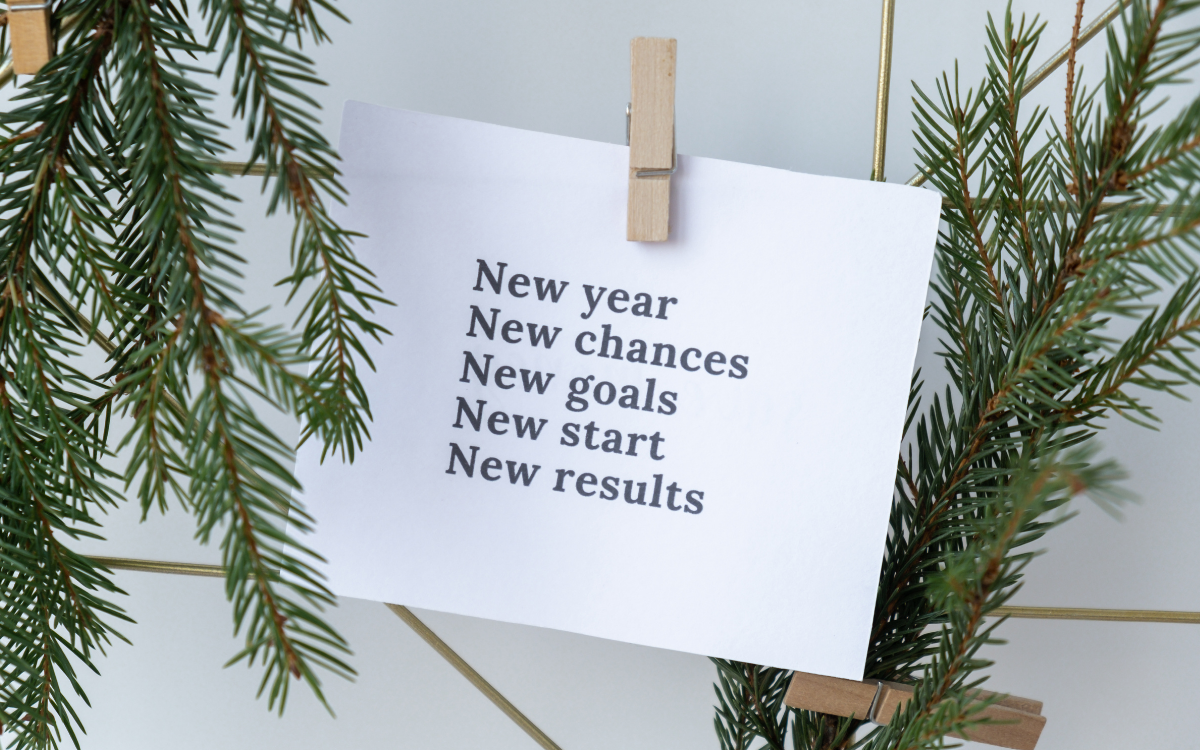
GREEN LIVING
Tips for Sustainable Milestones
By Bria Zegarelli
 November 20, 2025
November 20, 2025
Making environmentally-friendly choices in your everyday life may require some extra thought and planning, especially if this is something that you’ve never really considered or tried to incorporate before.
Don’t worry, though!
Making sustainable choices does not have to be a major switch from the start. Part of setting sustainable milestones is going to be based on traditional goal-setting techniques, which can be very easily adapted for environmentally-friendly purposes. Below are some tips for setting sustainable milestones in a gradual, stress-free way.
Use the “S.M.A.R.T.” technique
This is a classic goal-setting technique, and it’s perfect for environmental-related milestones. SMART generally stands for:
- “specific,”
- “measurable,”
- “attainable,”
- “relevant,” and
- “time-bound.”
Because sustainable milestones usually require specific steps and planning (such as meal-prepping, using different modes of energy or transportation, or developing a garden in your backyard), this is a really helpful technique for grounding your ideas, making an action plan, and ensuring that your goal can actually be achieved.
Here is an example that you can use as a template: “To improve my health, I want to be having vegetarian meals at least five days a week by the end of December 2025. I will do this by starting out with one day a week, and then I will add an additional day for each new week of the month. I will specifically look for recipes that are filling, budget-friendly, high-protein, and easy to make.”
Track your progress
Tracking your progress through methods like journaling, taking pictures, or vlogging can be a great way to help you meet your environmentally-friendly goals. There are so many fun ways to keep track of your progress, especially for sustainable goals that have a visual element, such as cooking new foods, gardening, or thrifting.
For example, instead of just listing out what progress you’ve made, you could make a scrapbook, colorful bullet journal, social media accounts, or sketches that show what you’ve created; it’s entirely customizable.
Use the “Who/What/Where/When/Why” method
This is another classic technique for goal-setting, but it can be specifically tailored for sustainable goals. Environment-related goals require a lot of specificity and reflection, and a great way to do this is asking yourself questions based on who will be involved in the goal, what you will be doing, where and when this will happen, and why you’re aiming for this goal. These types of questions can help you make a plan for your goal and also think about the environment as a whole.
Don’t overwhelm yourself
Any environmentally-focused goal is going to take time, so don’t try to make a huge switch right away. If you start with incorporating small habits into your routine and then gradually add more challenging ones, it will be much easier to have long-term success. Here are some easy environmental goals to get you started:
- Turning off lights
- Reducing water usage
- Carpooling and biking
- Recycling
- Thrifting
- Planting flowers or low-maintenance produce
- Reducing plastic usage
Include other people
With any goal, it’s really helpful to have other people involved so that they can hold you accountable and maybe even do their own version of the goal alongside you. Environmentally-friendly goals–such as gardening, biking, and carpooling–are really adaptable for groups of people and are therefore great for partnering up with someone.
Reflect
Taking time to sit down and think about why this specific goal matters to you can really help you commit to it.
Ask yourself why you’re choosing this specific goal to help the environment, as well as what short-term and long-term milestones you want to achieve.
Are you trying to be more environmentally-friendly for a specific purpose that is relevant in your everyday life, or do you just want to provide general aid for the cause?
Do you want something simple and quick that you can do every day, or do you want to build up to something more systematic and complex?
Why is this important to you?
Reflection questions like these will help you think about the environment in general and how/why you want to help, which can help you stay consistent with a sustainable milestone because you will feel more personally connected to it.


Leave A Comment